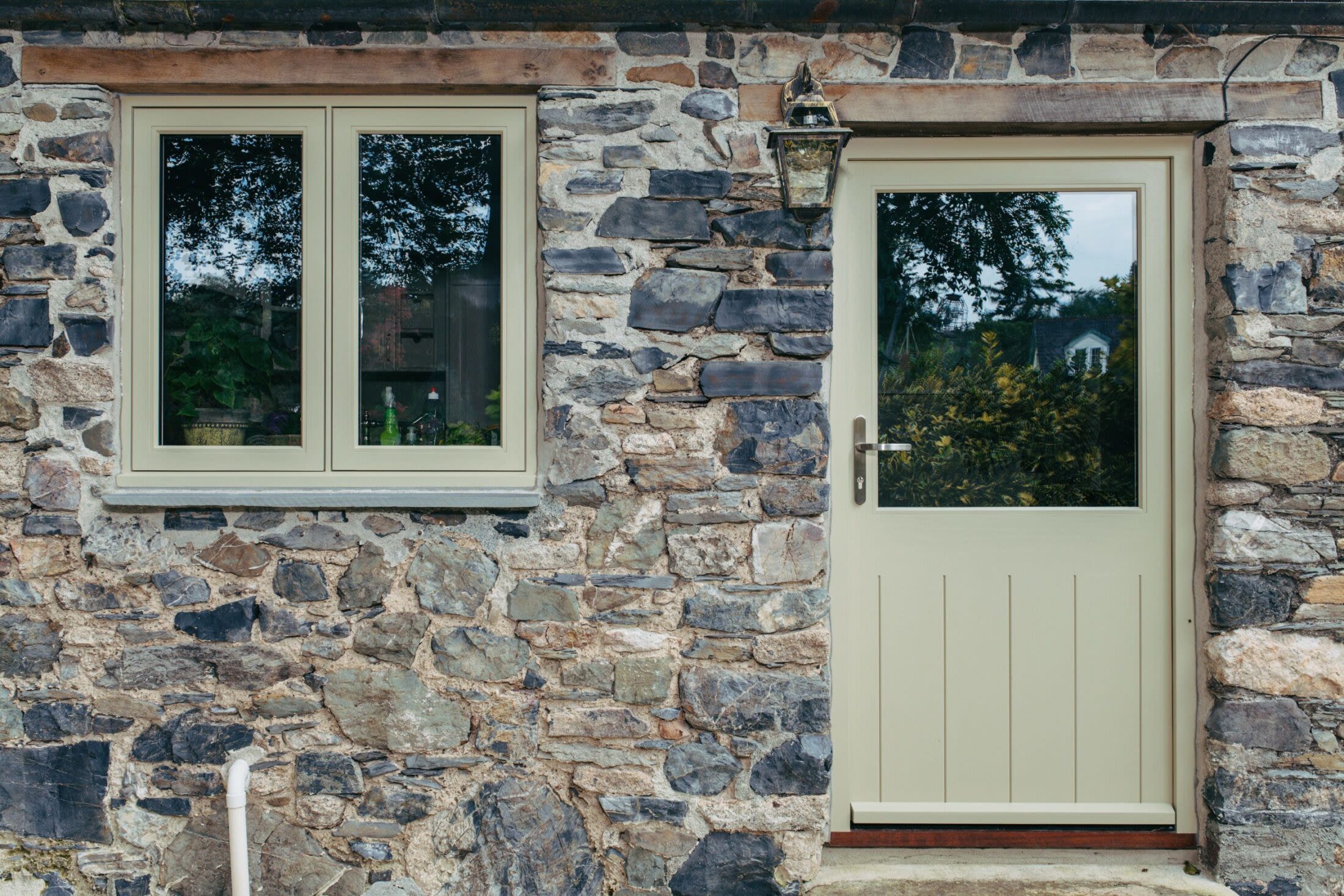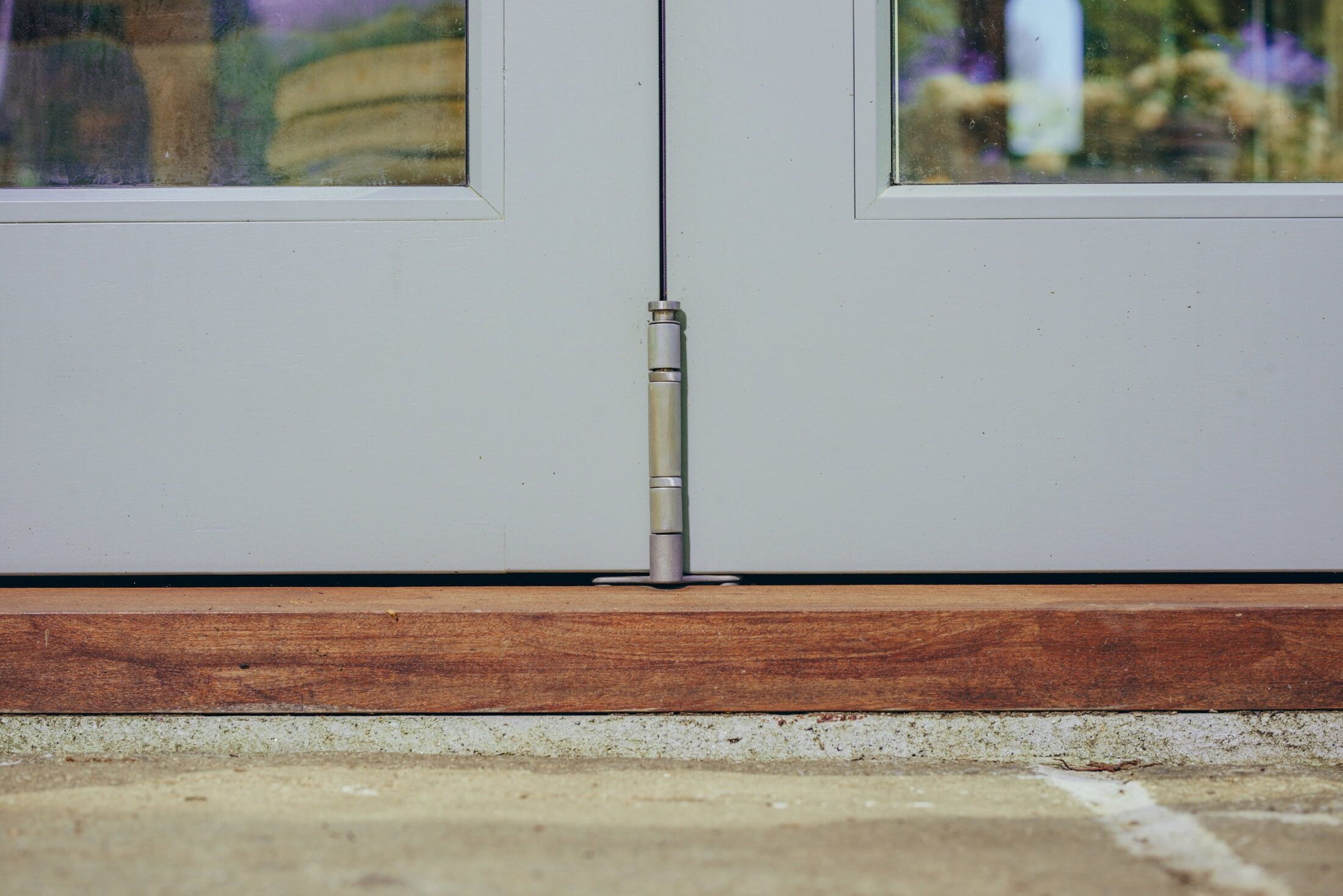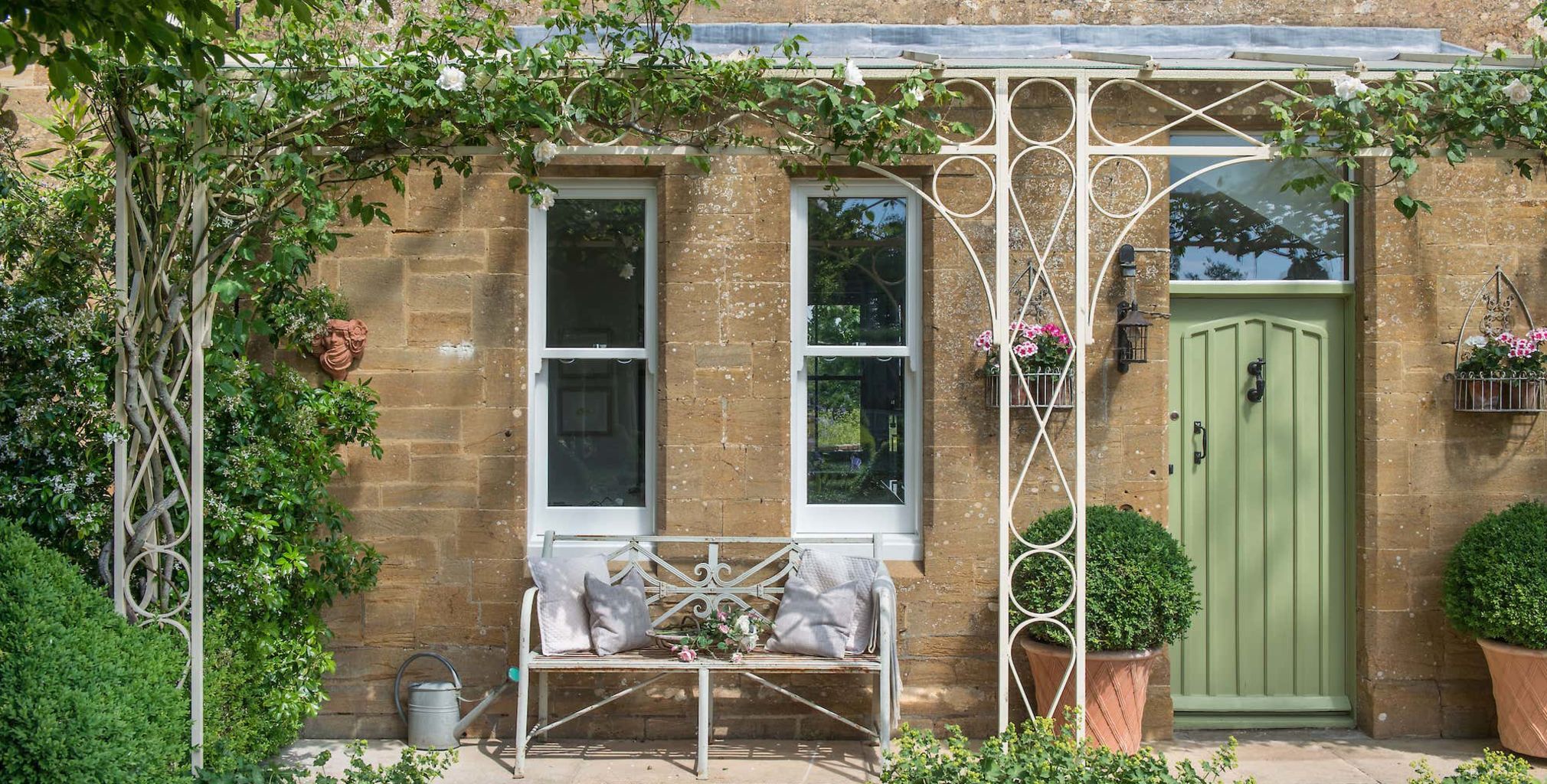Caring For Your Timber Windows And Doors: Your Complete Maintenance Guide
Handcrafted timber doors and windows from NMJ are more than basic, everyday elements for your home. They’re an investment in timeless craftsmanship, style, and durability. But whether your doors or windows are integral to a new build or a period property renovation, timber joinery brings warmth, charm, and authenticity.
But like all natural materials, timber needs some TLC along the way to help keep it looking and performing at its best. Proper maintenance will look after its appearance and protect it against the elements, helping to avoid damage and repairs. To help you maintain your timber doors and windows, we’ll go over everything you need to know, from routine checks to seasonal upkeep.
Why does timber window and door maintenance matter?
Timber windows and doors are naturally hard-wearing when they’re made from high-quality hardwoods or softwoods treated for durability. However, long-term exposure to sun, rain, wind, salt air, and varying temperatures will all take their toll on timber that hasn’t been properly maintained. In that case, your doors or windows could suffer from:
- Colour fade or discolouration
- Flaking or peeling paint
- Water ingress and swelling
- Warping or distortion
- Rot or fungal decay
- Reduced energy efficiency
But, with the proper care, timber joinery can last for decades. In fact, well-maintained timber windows made from one of our preferred timbers, Accoya®, which is a sustainable, modified wood providing a superior level of stability, durability, and thermal insulation, can last for over fifty years.


Routine checks for timber windows and doors
While all our NMJ timber doors and windows are built and finished to last, the best way to protect any timber products for the long term is to spot any potential problems early. Whatever timber you choose, we recommend carrying out a simple visual inspection at least twice a year, ideally in spring and autumn, so you can check for:
- Paint or finish deterioration – Check for peeling, blistering, or fading, which could be a sign that the coating may not be providing full protection.
- Signs of moisture damage – Depending on the timber, soft spots, staining, or mould growth can be a sign of water entering the woodwork.
- Gaps or movement – Changes in how a window or door closes may be down to swelling, shrinkage, or hinge movement.
- Cracked putty or glazing seals – Weather damage to these areas can allow moisture into the frame and glazing rebates.
By looking out for these early signs of potential problems, any issues can be found and fixed quickly with minimal maintenance costs – and before they escalate into something bigger.
Timber windows and doors cleaning and care
While timber products don’t need constant attention, even with full weather exposure, they do need regular general cleaning and care to help maintain their appearance and performance. At NMJ, we use waterborne, mid and topcoat Rubbol® opaque and Cettol® translucent finishes from Sikkens wood coatings for high scratch resistance, excellent weather resistance, and an exceptional finish.
Here are our recommendations for a general cleaning routine, which you should carry out regularly to avoid high maintenance or repair costs. Doing this twice a year (spring and autumn) is usually enough to catch any of the above potential issues before they develop.
General cleaning
Use a medium-stiff nylon-bristle brush (not a wire brush) and warm water mixed with a liquid detergent to clean your coated surfaces to remove any dirt and contaminant build-up. Once complete, rinse thoroughly with clean water to remove all residue and let dry.
Removing mould or algae
If you find algae and mould growth, you should remove them using a mix of one part household bleach to two parts water. Apply it to the affected areas and leave it to work for 20 minutes. Then, rinse thoroughly with clean water and a stiff nylon bristle brush, and let it dry. Alternatively, you could use a fungicidal wash, following the manufacturer’s instructions.
Removing excess resin
If you see yellow sticky resin, you should wait for it to dry to a hardened white crystalline resin before trying to remove it. You can remove dried resin with a plastic scraper and wiping with a cloth dampened with methylated spirits, taking care not to harm the coated areas. Resin is a natural component of many timbers and is not a defect in your window or door.
Priming, recoating, and finishing timber doors and windows
Painted or stained timber isn’t just for looks – it’s an essential barrier that protects the wood beneath from weather, moisture, and sun damage, provided you use the right products. NMJ uses the mid and topcoat Rubbol® opaque and Cettol® translucent finishes from Sikkens on all windows and doors. So whichever you have, you can follow these steps to refresh your paintwork if they’ve been affected.
Removing surface damage
Remove all surface damage or weathering by lightly sanding with the appropriate sandpaper and carefully ‘feathering’ into the surrounding coating to get a firm edge before painting. Make sure all sanding goes with the grain, not against. Once complete, remove all dust.
Add primer
If bare wood is exposed, apply a compatible primer – we recommend using Rubbol® – and make sure the exposed end grain is fully coated for a complete seal. Let dry for 4-6 hours.
Check for imperfections
When the primer is dry, you may spot some slight imperfections. These are called ‘nibs’ and can be small lumps or bumps, brush strokes, or bits of dust and debris that appear in the finish. You can remove these imperfections (‘denibbing’) by using a fine-grade wet or dry abrasive paper. Be careful not to go through the primer coat.
Adding the top coat
Using the correct Sikkens Rubbol® or Cettol® finish, finish the primed area with one or two full coats, again ensuring the end grain is fully coated. Make sure you allow a good 46 hours for the first coat to dry before adding the next coat.
Window hardware care and maintenance
Complete timber window and door care isn’t just for the actual timber. Every door or window will have carefully selected hardware and ironmongery to complement its style and finish, which also needs care and maintenance. With a range of materials available, here are the cleaning techniques we recommend:
For Stainless Steel, Solid Brass, Matt Black Laquered, and PVD finishes
- Clean handles regularly with a soft dry cloth or duster only to remove surface dust and dirt.
- Wash monthly with a clean, soft cloth and warm, soapy water, then dry immediately with a clean, soft cloth. This should be done more frequently if the hardware is exposed to any corrosive environment, such as coastal salt air.
- Lubricate any moving parts every six months by using a PTFE grease or specialist dry lube PTFE spray.

For Antique Stainless Steel, Iron, and Cast Iron finishes
- Clean handles regularly with a soft dry cloth or duster only to remove surface dust and dirt.
- For iron and cast iron finishes only: Every 3-6 months, use a lightly oiled cloth to wipe over all hardware to remove any dirt or deposits which may cause corrosion.
- For iron and cast iron finishes only: Every 3-6 months, use lubricating oil or spray to ease movement and prevent rust on moving parts or when you can see exposed iron where any coating or paint has been worn away.
- For stainless steel finishes only: Fingerprints and dirt should also be removed with warm, soapy water, and the handle dried with a soft, clean cloth, especially if you’re in a coastal area. Following this, gently apply a good-quality non-abrasive car wax polish for added protection.
- For stainless steel finishes only: Lubricate any moving parts every six months by using a PTFE grease or specialist dry lube PTFE spray.
If your hardware has a polished finish, you should clean, rub, or wipe in the direction of the polish lines, not across them. And to extend the life of your hardware, please avoid the use of bleach, acid-based cleaning materials, or detergents containing chloride, and the use of abrasive materials (even fine cleaning powders can scratch or burnish a mill-rolled finish).
The NMJ commitment to aftercare
We take pride in the long-lasting durability of all our handcrafted joinery, but we also know that ongoing aftercare makes all the difference. Timber doors and windows, and their hardware offer character, quality, and charm that other materials can’t match. With regular care and occasional expert attention, they’ll continue to perform and impress for years to come.
That’s why we’re happy to advise on maintenance schedules and recommend suitable products for all our customers. For more information, help, or advice, call NMJ today on 01822 615 010, email us at hello@nmjoinery.com, or send us a message to get started.
